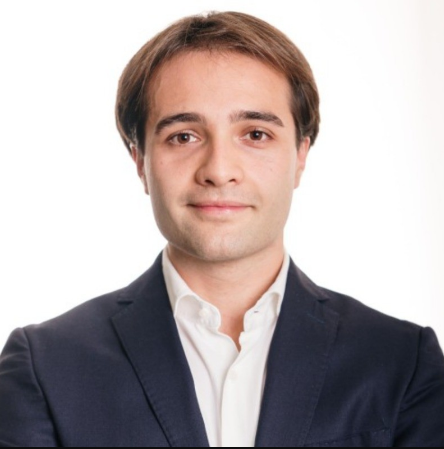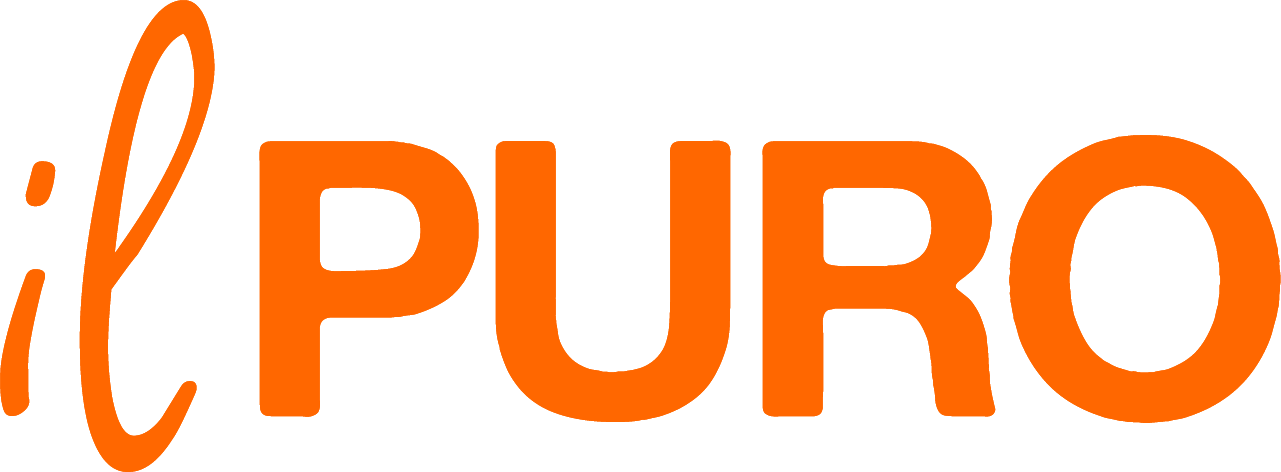
In this article, Emanuele GHIDONI ESSEC Business School, European Management Track (EMT), 2025-2026) shares his entrepreneurial experience of founding il Puro a startup born from the vision of transforming daily nutrition into a personalized and emotional experience. By combining data-driven personalization with sensory design, il Puro aims to make functional food both effective and enjoyable.
Turning an Idea into a Mission
The idea behind il Puro was born from a simple yet powerful question: how can we help people feel better every day through what they consume? During my studies and professional experiences, I observed a gap between the science of nutrition and the reality of human habits. Many people struggle to meet their daily nutritional needs not because of a lack of awareness, but because healthy choices often feel inconvenient or uninspiring. I wanted to bridge this gap by creating a brand that combined personalization, science, and pleasure, transforming nutrition from a routine task into a daily ritual. That vision became il Puro, a functional food venture built around personalization, emotion, and Italian values.
Logo of il PURO.

Source: The company.
From Concept to Market: Testing and Learning
After shaping the initial concept, the next crucial step was to validate it in the real world. Rather than jumping straight into full production, we focused on building a minimum viable product (MVP) to test the market and understand how potential customers would truly respond. Through this phase, we explored key dimensions such as product–market fit, price sensitivity, and willingness to pay, combining qualitative feedback with quantitative data.
A central part of this process was the use of A/B testing a method where two or more variations of a single element are presented to different groups of users to measure which performs better. For instance, we tested different product formulations, packaging visuals, and website layouts to observe how each influenced user engagement and purchase intent. We also ran price point experiments to identify the threshold at which conversion began to decline, allowing us to estimate optimal pricing and margin trade-offs. Each test generated measurable data, click-through rates, conversion percentages, time-on-page, and cart completion, which we used to make data-driven adjustments.
This structured experimentation reduced uncertainty and transformed creative intuition into quantifiable learning. By systematically measuring what worked and what didn’t, we refined both the product and the brand narrative, ensuring that il Puro evolved through validated consumer insight and real behavioral evidence rather than assumptions alone.
Business concepts related to my project
I present below three financial and business concepts related to my project il Puro, which guided my decision-making during the early development phase of the brand.
Be simple
I build il Puro on simplicity because simplicity compounds financially. A focused hero lineup (2–3 SKUs) keeps COGS tight, inventory turns high, and the cash conversion cycle short. A clean price architecture (starter, core, subscription) reduces choice friction and lifts conversion while protecting margin. I sell where unit economics are strongest DTC via Shopify plus a selective B2B channel with clear MOQs and prepayment terms to de-risk working capital. Operationally, fewer suppliers, standardized Italian actives, and repeatable fulfillment flows mean lower variability, fewer stockouts, and healthier gross margins from day one.
Be scientific
I treat decisions as experiments with a P&L. Personalization isn’t a story; it’s a retention engine that increases LTV: onboarding quizzes → segmentation → tailored formulations → higher reorder rates. I quantify everything and elasticity tests for pricing; split tests on bundles, claims, and creatives; cohort and payback tracking by acquisition channel. My targets are explicit: LTV:CAC ≥ 3:1, first-order contribution margin positive by order #2, subscription retention ≥ 70% at month 3. Clinical substantiation and transparent labeling aren’t just ethical they reduce returns, build trust, and lower CAC over time.
Be detail-oriented
I run il Puro with a unit-economics dashboard, not vibes. COGS broken down to the gram (actives, flavoring, sachet, carton), freight per parcel, pick-pack, payment fees, and support cost per ticket. I design packaging to ship small and light, negotiate lead times to avoid safety-stock bloat, and lock FX/commodity exposure where sensible. My working metrics: DTC gross margin, B2B contribution margin after CAC, paid payback, monthly churn, inventory turns, NPS. Contract manufacturing keeps CAPEX light; disciplined reorders and rolling forecasts keep cash free for growth.
Why should I be interested in this post?
For someone with an entrepreneurial mindset, the journey of il Puro represents the essence of turning vision into execution. Building a startup in the functional food space was not just about creating a product, it was about identifying a real problem, testing assumptions, and translating insights into a viable business model. Every step, from market validation and financial modeling to branding and investor pitching, demanded both strategic thinking and adaptability. It was a hands-on lesson in how innovation happens: through curiosity, experimentation, and resilience. Above all, il Puro reflects a new kind of entrepreneurship, one that merges health, technology, and purpose to create businesses that are not only profitable, but also meaningful in the lives of people.
Related posts on the SimTrade blog
▶ All posts about Professional experiences
▶ Alexandre VERLET Classic brain teasers from real-life interviews
Useful resources
World Health Organization Healthy Diet Guidelines
Mintel Functional Food and Beverage Trends
NutraIngredients News on Functional Foods and Supplements
McKinsey The Future of Wellness
About the author
The article was written in October 2025 by Emanuele GHIDONI (ESSEC Business School, European Management Track (EMT), 2025-2026).
